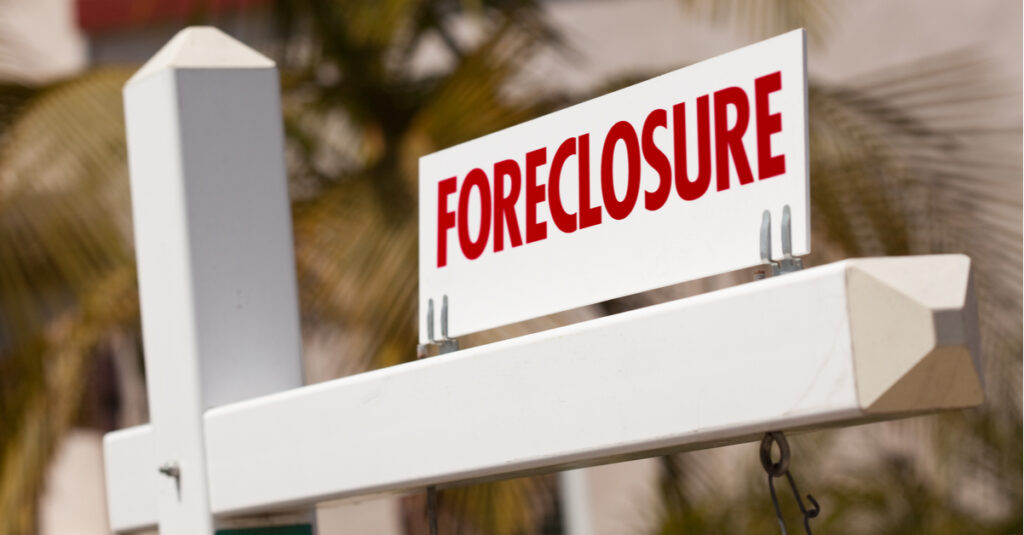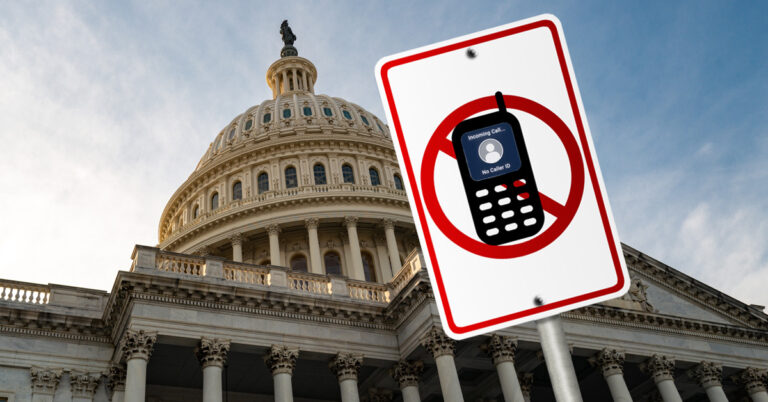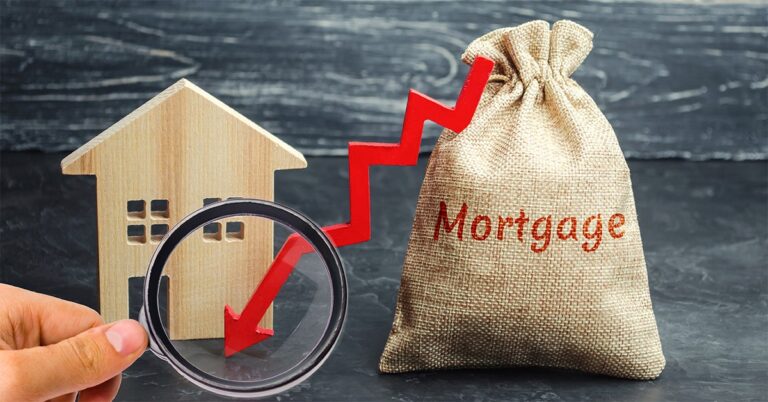While the number of properties in foreclosure during 2020’s third quarter is currently down, the share of homes that have fallen into “zombie foreclosure” status has grown, according to recent data from Attom Data Solutions.
So-called “zombie foreclosures” occur when a home is left vacant by its owner after they receive a foreclosure notice, incorrectly assuming that the foreclosing lender will take over the property immediately and that they have to leave. In some such cases, the lender doesn’t end up completing the foreclosure process. But with the homeowner gone, the house itself falls into disrepair, while the property’s title remains in the name of the absent homeowner.
According to Attom’s analysis of publicly recorded real estate data, 215,886 homes are currently in the process of foreclosure so far in the third quarter of 2020. That’s down 16% from the second quarter of 2020, when 258,024 went through the foreclosure process.
But 7,961 of those properties going through a foreclosure in the third quarter have been left vacant as zombie foreclosures. That’s a 3.7% share, up from 3% in the second quarter. Zombie foreclosure rates rose from the second to the third quarter of 2020 in every state except Hawaii.
States with the highest ratios of zombie foreclosure are clustered in the Northeast and Midwest, including New York (one in 1,934 properties), Illinois (one in 4,077), Florida (one in 6,747) and New Jersey (one in 7,476).
“It appears that an increased number of vacant foreclosure properties may be an unintended consequence of the foreclosure moratoria put in place by federal, state, and local governments,” said Rick Sharga, executive vice president at RealtyTrac. “Vacant properties can contribute to neighborhood blight, and become safety hazards – especially during a pandemic. So the sooner these abandoned properties can be processed and sold to homebuyers or investors, the better it will be for communities and neighborhoods across the country.”
The good news so far is that, despite the bump, properties in zombie foreclosure remain just a minuscule portion — one in ever 12,500 homes — of the United States’ 99.4 million residential properties. But as the COVID-19 crisis lingers and more homeowners face risk of foreclosure, the situation bears some monitoring as a small concern, according to Todd Teta, Attom’s chief product officer.
“Abandoned homes in foreclosure remain little more than a spot on the radar screen in most parts of the United States, posing few, if any, problems from neighborhood to neighborhood,” Teta said. “But the latest numbers do throw a small potential red flag into the air, given the increase in the percentage of zombie foreclosures.”







